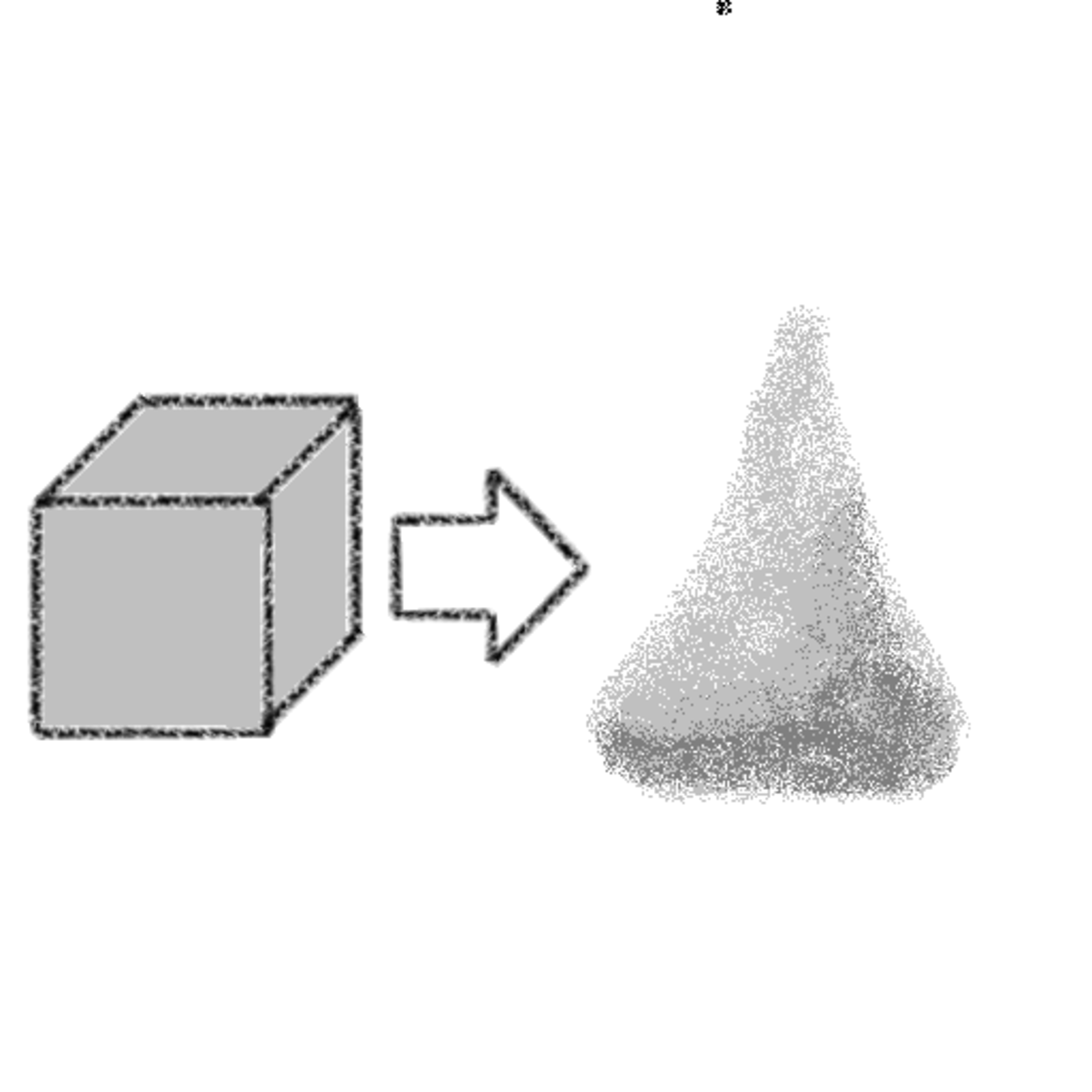Ground Into Atoms

When an iron cube is ground into smaller cubes, its total surface area increases by .
Find the total surface area of the iron cube originally.
The answer is 6.
This section requires Javascript.
You are seeing this because something didn't load right. We suggest you, (a) try
refreshing the page, (b) enabling javascript if it is disabled on your browser and,
finally, (c)
loading the
non-javascript version of this page
. We're sorry about the hassle.
Let S be the original surface area of the iron cube and T be the total surface area of the smaller cubes. Then each face of the original cube has an area of 6 S , and so each of the 1 0 2 0 1 6 smaller cube faces would have an area of 6 3 1 0 2 0 1 6 2 S for a total surface area of T = 6 ⋅ 1 0 2 0 1 6 ⋅ 6 3 1 0 2 0 1 6 2 S or T = 1 0 6 7 2 S .
Since the total surface area increases by 5 6 7 1 nines 9 9 9 9 9 9 … 9 4 = 6 ⋅ 1 0 6 7 2 − 6 , we have 1 0 6 7 2 S = 6 ⋅ 1 0 6 7 2 − 6 + S , and solving this gives S = 6 .